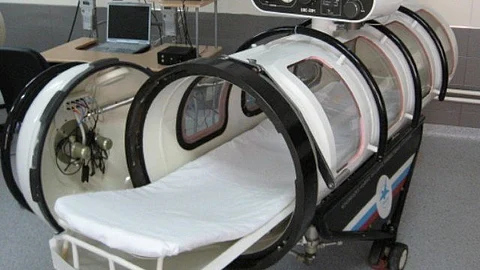Physical Rehabilitation: A New Dimension
The role of HBOT in physical rehabilitation is of particular interest, offering significant advantages for those suffering from prolonged recovery periods. Physical recovery, particularly from injuries and surgeries, can be grueling. With HBOT, athletes have experienced less muscle soreness, reduced pain, and accelerated recovery from sports injuries. The controlled hyperoxygenation environment that HBOT provides serves as a significant catalyst for repair, aiding full recovery in reduced timeframes. Beyond the sports realm, numerous individuals, ranging from post-operative patients to those managing chronic conditions, demonstrate improved outcomes. Anecdotal successes and supportive clinical data underscore HBOT’s effectiveness in fostering enhanced physical recovery.
Conditions Benefiting from HBOT
As emphasized in articles from trusted sources like Harvard Health, HBOT might significantly improve a spectrum of conditions. Chronic wounds, diabetic foot ulcers, and certain hypoxic-related infections respond well to heightened oxygen levels. Patients dealing with radiation injuries have also reported substantial recovery improvements, experiencing relief from common side effects such as bone and tissue damage. As studies progress, the therapeutic scope of HBOT continues to broaden, setting a new standard in rehabilitative medicine and promising enhanced patient outcomes across multiple domains.
Risks and Considerations
While generally safe, HBOT is not without risks. Possible complications can include barotrauma to both ears and lungs, as well as sinus issues due to pressure changes. These risks necessitate thorough clinical evaluations and personalized treatment protocols to ensure patient safety. For many, the benefits of HBOT outweigh the potential risks, but understanding these risks is critical for patients and healthcare providers. Implementing best practices is essential in mitigating these risks, allowing the therapy's many advantages to be safely realized.
Summary: A Breath of Fresh Air in Rehabilitation
Hyperbaric Oxygen Therapy embodies a beacon of hope across various rehabilitation domains, harmonizing ancient practices with contemporary research breakthroughs. By exploring its profound benefits, we unveil new frontiers in healing, breathing renewed vigor into lives altered by injury or illness, and offering a transformative path toward recovery. As this therapeutic modality continues to evolve, its capacity to improve lives becomes increasingly evident, providing a promising avenue for patients and practitioners dedicated to health and healing.


